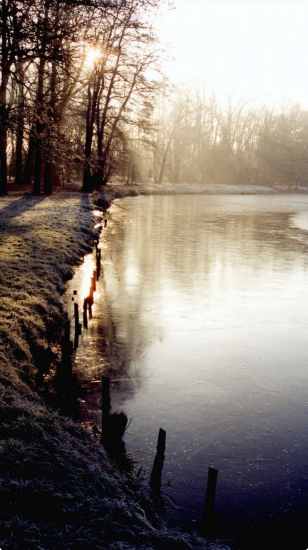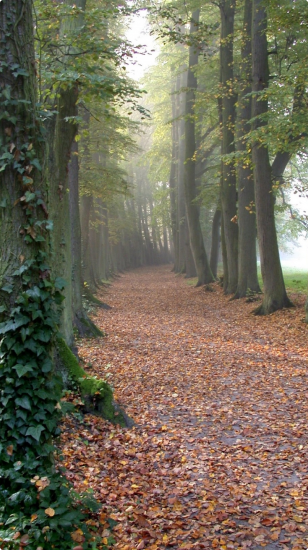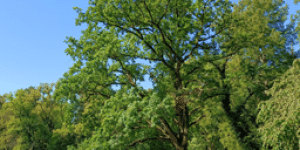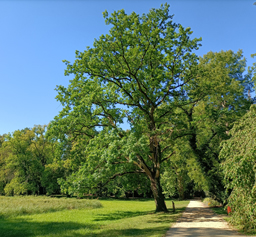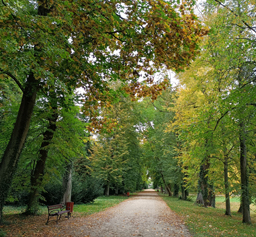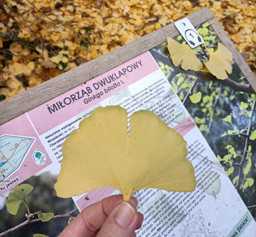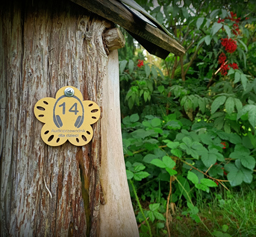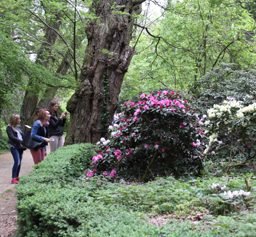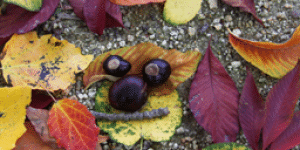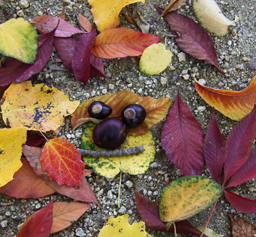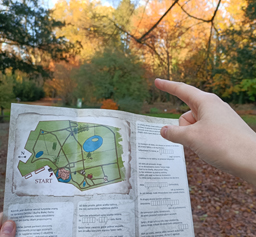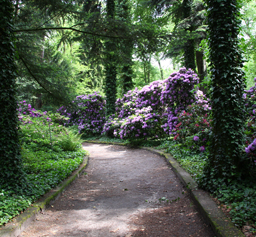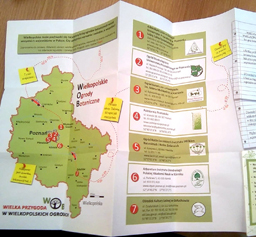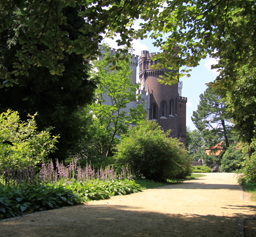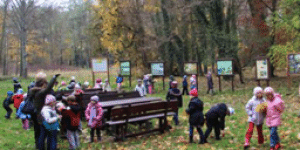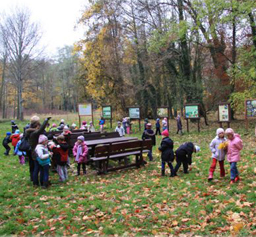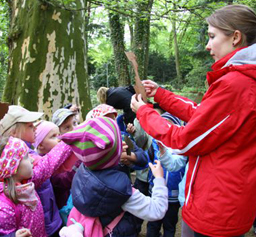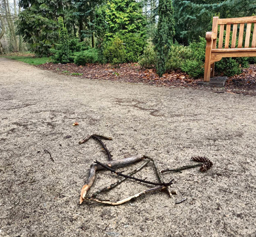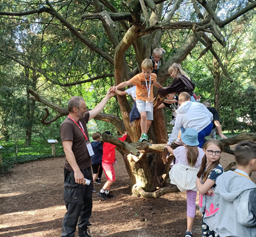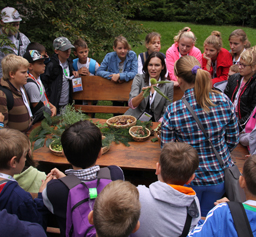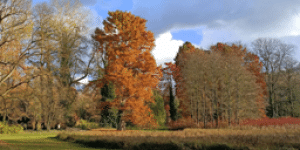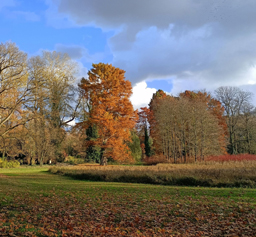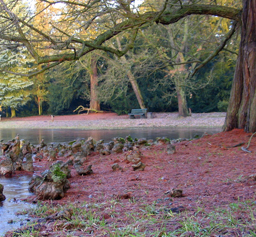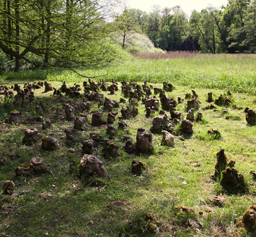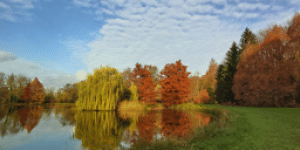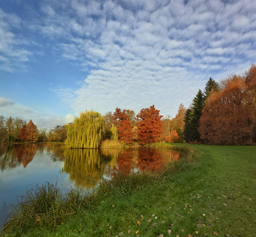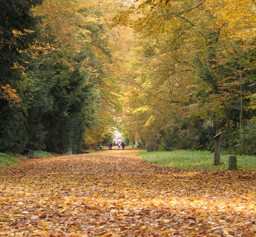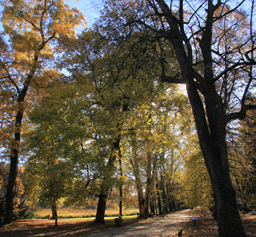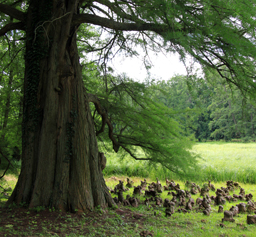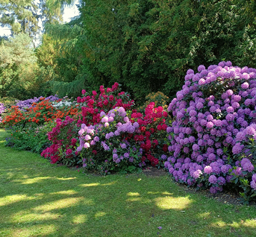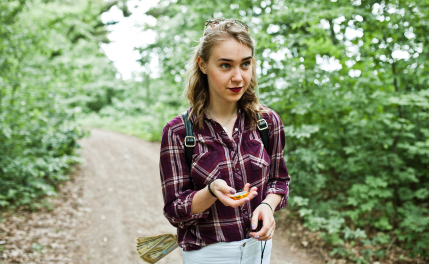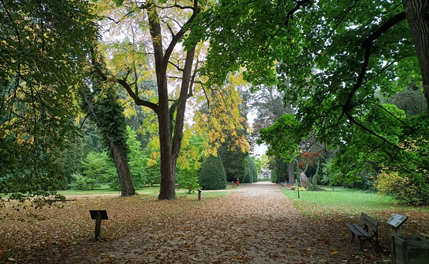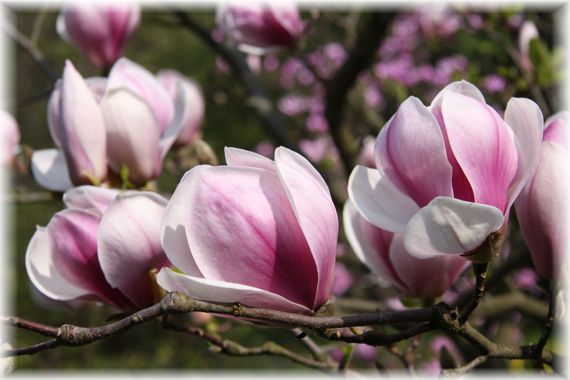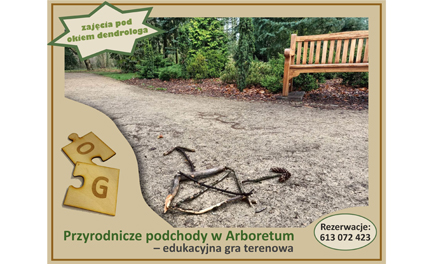Agustinus Murdjoko, Dony Aristone Djitmau, Antoni Ungirwalu, Anton Silas Sinery, Rima Herlina Setiawati Siburian, Zulfikar Mardiyadi, Alfredo Ottow Wanma, Jimmy Frans Wanma, Alexander Rumatora, Wolfram Yahya Mofu, Descarlo Worabai, Nunang Lamaek May, Marthen Mathias Jitmau, George Alexander Frans Mentansan, Keliopas Krey, Ishak Musaad, Marhan Manaf, Yunus Abdullah, Hans Mamboai, Khristian Enggar Pamuji, Syafrudin Raharjo, Agustinus Kilmaskossu, Samsul Bachri, Nur-Alzair Nur-Alzair, Nithanel Mikael Hendrik Benu, Junus Tambing, Relawan Kuswandi, Lisna Khayati, Krisma Lekitoo
Pattern of tree diversity in lowland tropical forest in Nikiwar, West Papua, Indonesia
Dendrobiology 2021, vol. 85: 78-91
https://doi.org/10.12657/denbio.085.008
Abstract:
Trees are significant components of ecosystems built by several widespread species. For instance, Papua forest is known to comprise abiotic and biotic elements. Also, certain plants have grown in popularity to a point where they are discovered almost everywhere. The purpose of this study, therefore, was to investigate tree diversity, distribution, and the importance of conservation. Data were collected in four locations using a total of 24 sample plots spread across Idoor, Karst, Persemaian, and Torembi, where seven, four, seven, and five plots were allocated, respectively. These forests formed a mixed natural plantation comprising 76 species from 35 families. Furthermore, Idoor and Karst generated the highest species diversity and varied significantly compared to Persemaian, while Torembi showed similarities with the other three locations. This condition formed three ecosystem communities across Persemaian, Karst, Idoor, and Torembi. Also, the composition of the dominant species showed variations at the seedling and sapling levels believed to structure the understory, while the pole and tree levels characterized the overstory. The total species status was described as critically endangered (CR) of two species, vulnerable (VU) of six species, least concern(LC) of 28 species, and data deficient (DD) species. Therefore, location management is advised to not only pay significant attention in terms of economic benefits but also ecological, including the provisions for ex-situ and in-situ conservation to support sustainable forest management.
Keywords: dendrogram, conservation, Importance Value Index, Shannon-Weiner, understory











